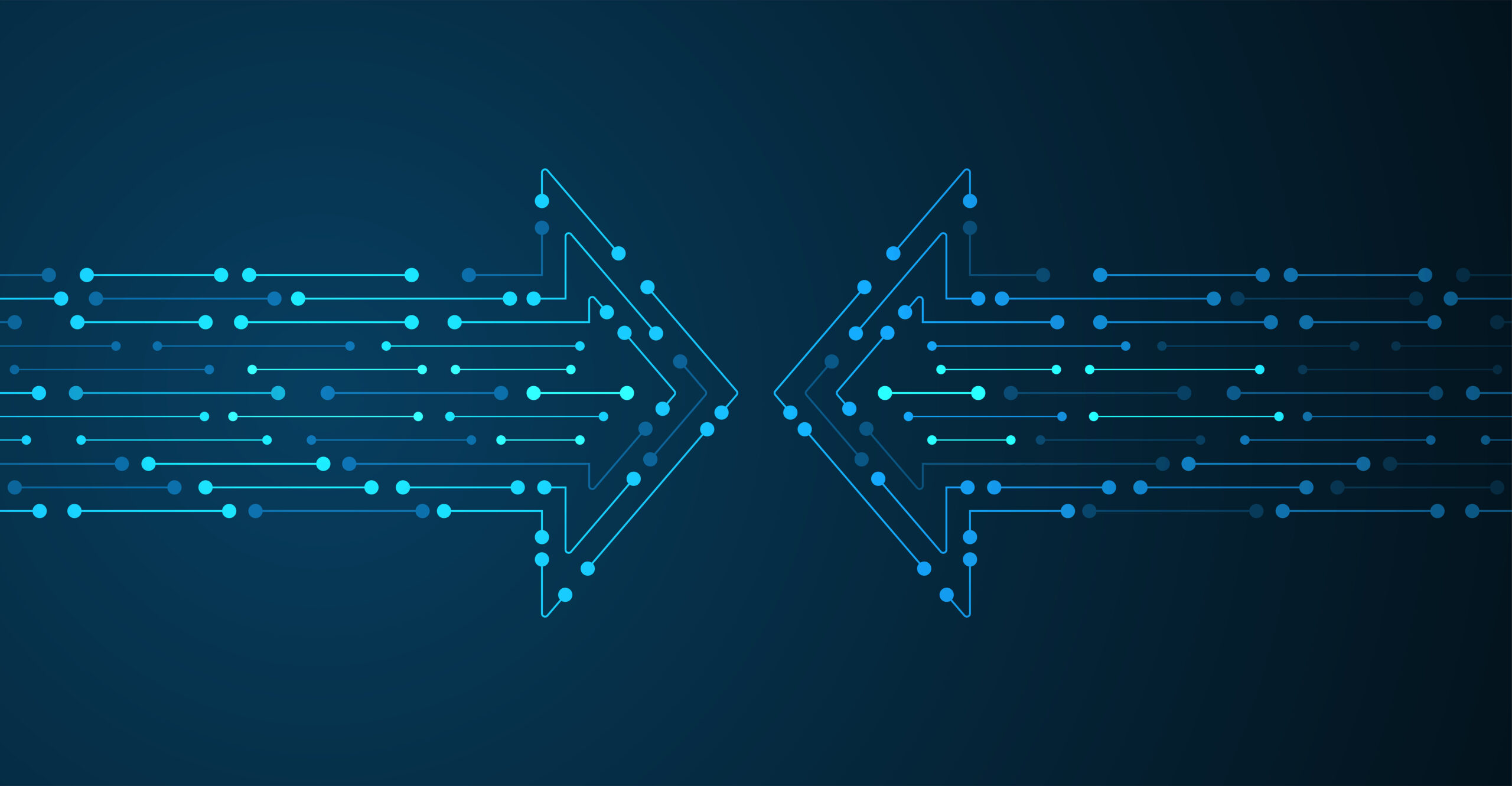October 9, 2023
Modern Data Foundation for AI-Driven Results
The following is Part II of a three-part series.
In Part I of this series, I noted the following:
“With just a few clicks on my smart device, I can review data on every place I’ve been, how much I spent, each step I took, what the weather was like and who I was with. Businesses collect the same abundance of data. However, are we getting the benefit and insights from what’s collected? Not really.”
I also discussed how to prioritize data accessibility and how to address the challenges that come with it. Those challenges include:
- Every department is driven by its own goals.
- Data architectures are simply growing very complex.
- Siloed, nonsynergistic architectures lead to encrypted data.
You need to understand that data has a profound ability to improve quality, save money and resources, and change the world. The right data needs to be available to the right people, at the right time. While this may seem obvious, it’s a struggle for many organizations to implement, for multiple reasons.
Tip
You should always ask yourself: How do you intend to use the data? Who will need it throughout the process? Can they get to it in timely fashion and in a secure way?
So, let’s continue the conversation. Where is the disconnect? How can organizations bridge the gap? Here’s the second area to take seriously when you want to drive with analytics.
Leverage Automation for Governance
With all the data that is being collected, it’s simply not possible for organizations to effectively review, categorize and tag data using manual processes. It can take weeks, if not months, for the data to be available to analysts, and by then it’s outdated. The trouble is, when dealing with sensitive data, organizations must meet data privacy standards or risk severe penalties.
Old data governance programs may have felt like too much bureaucracy. But more current options use artificial intelligence (AI) and machine learning (ML) to quickly sort and categorize data, complying with security policies and data privacy standards. Good cataloging helps analysts find and use the best information possible to get the answers they need. The AI programs learn and improve from users’ feedback, becoming more efficient. Applying AI also removes the human bias from data categorization, resulting in a more usable dataset.
Via automation techniques, Hitachi helped a client organization vastly improve how it managed sensitive data. The organization spent thousands of man-hours on manual data classification. With the AI-enabled data cataloging process that Lumada Data Catalog supports, the governance organization was able provide faster access to data. Provisioning time was reduced from several days to 1-2 hours – improving performance and accuracy.
In a nutshell, technologies are out there to help you automate the governance rule. Try them. You will be surprised at how effectively you can automatically identify and tag sensitive data in compliance with governance policies.
In the third and final part of this series, we’ll discuss designing with analytics in mind to accelerate the organization’s analytic maturity journey.
Miranda LeQuire is Senior Manager of Consulting Services at Hitachi Vantara.
Check out more great stories on Insights.









